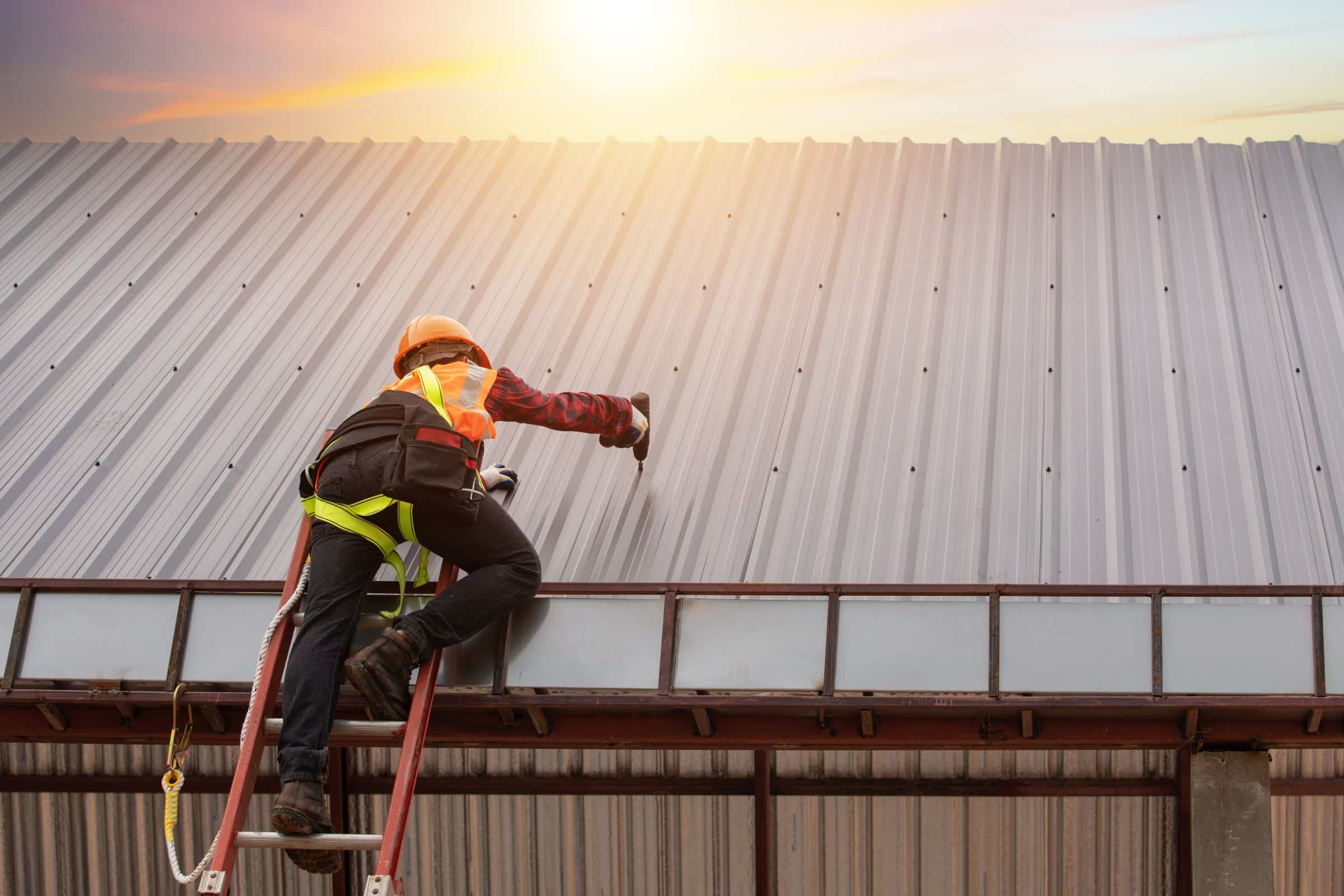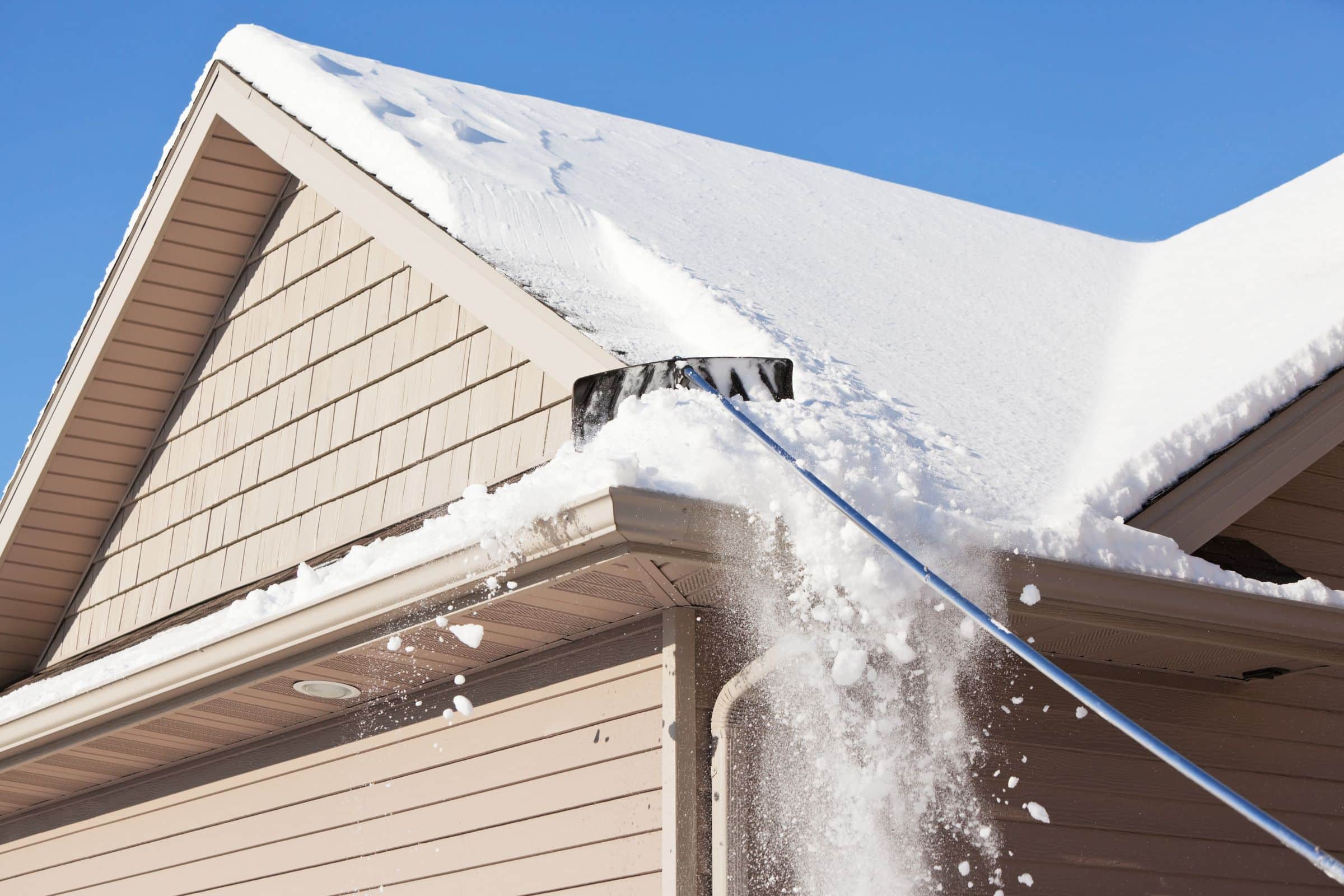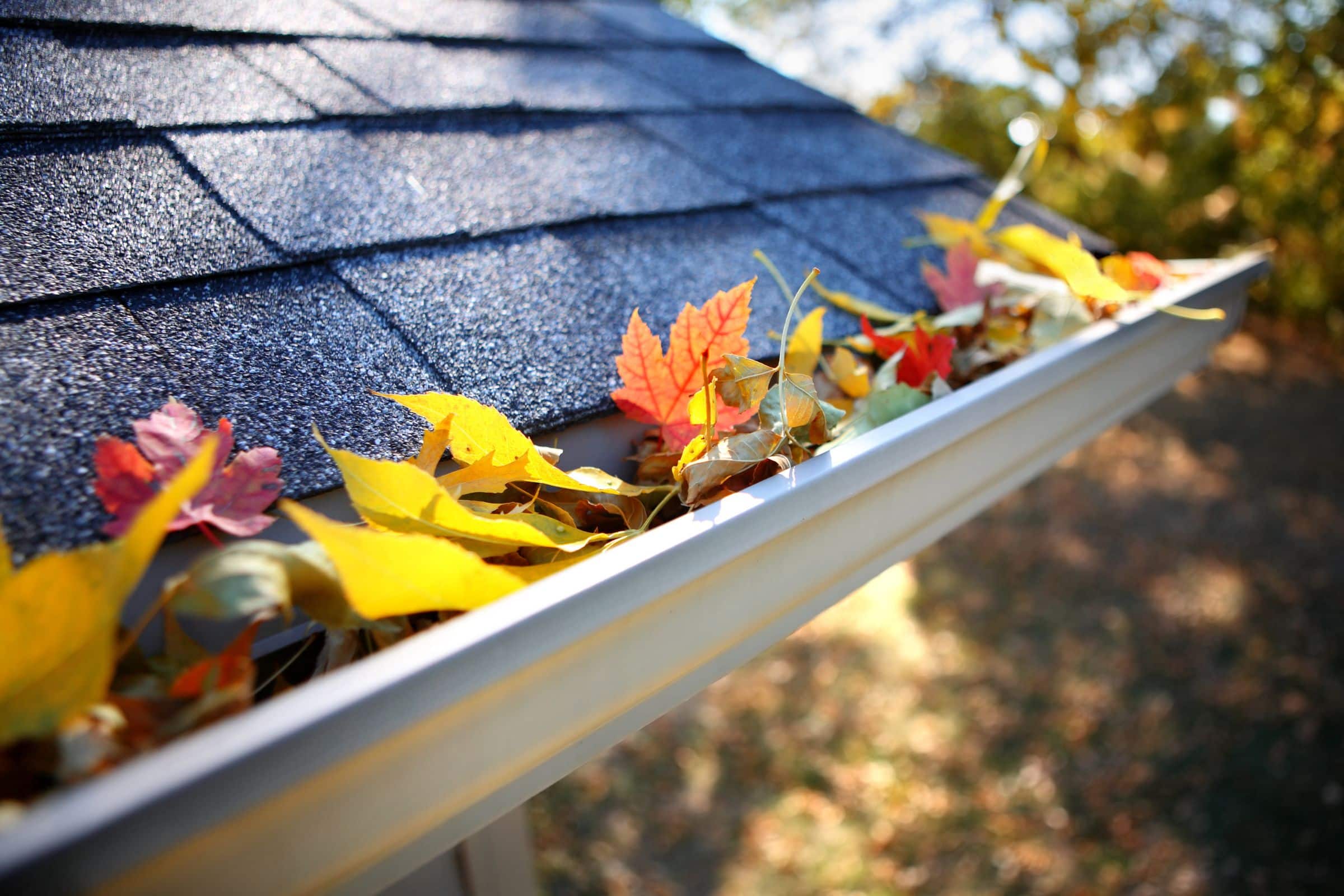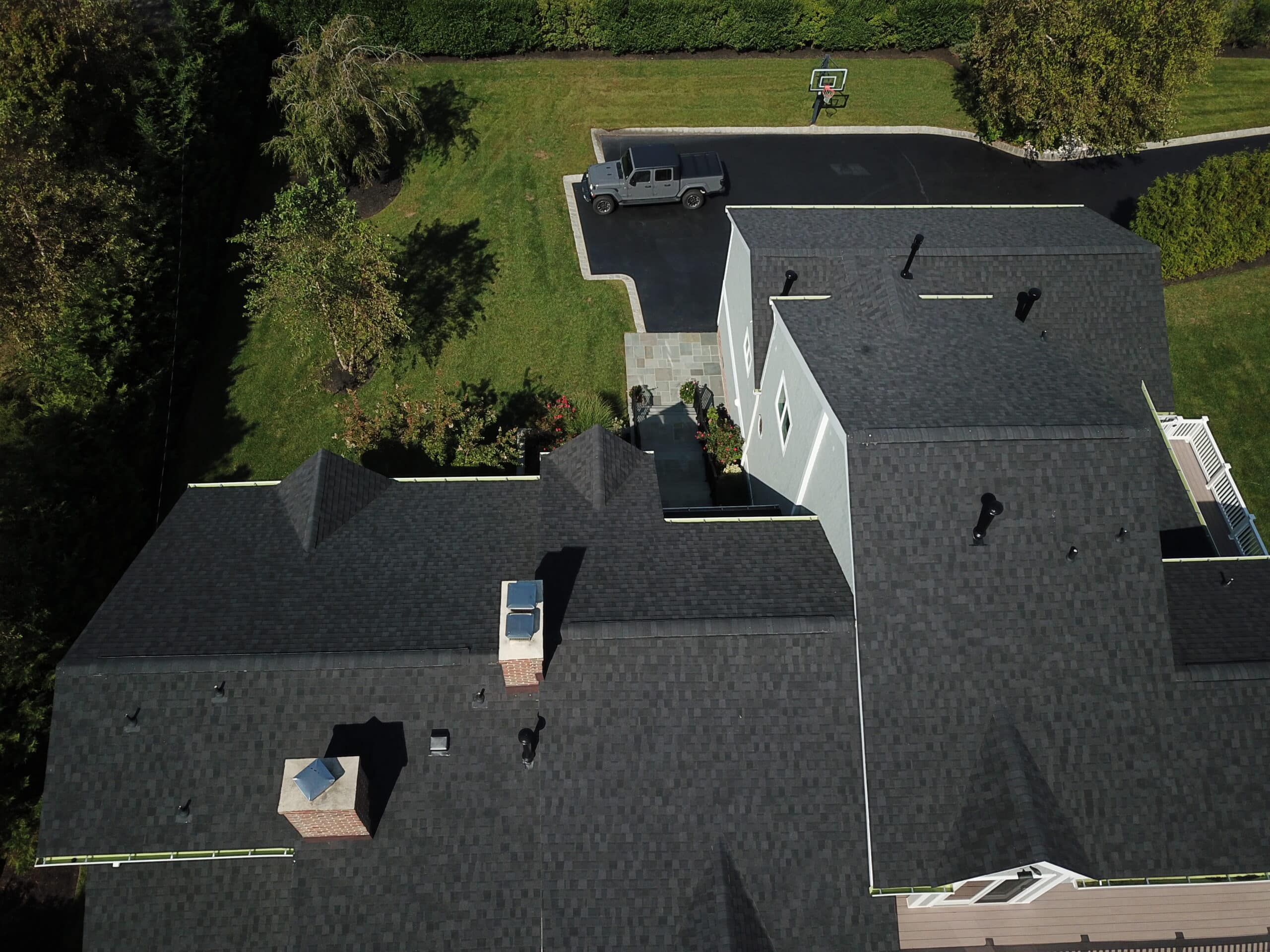
What You Need to Know About Metal Roofing
Metal roofing has gained popularity in recent years due to its durability, energy efficiency, and aesthetic appeal. Many homeowners are now considering metal roofing as a viable option for their homes. One of the key advantages of metal roofing is its versatility, making it suitable for almost any home.
One important aspect to consider when opting for metal roofing is the aesthetics. While metal roofs were once perceived as industrial or agricultural, shingle-style metal roofing options are now available that resemble traditional asphalt shingle roofs. These shingle-style metal roofs come in various colors, textures, and designs, allowing homeowners to choose a style that complements their homes’ architectural aesthetics.
Understanding the viability and aesthetics of metal roofing is crucial when deciding whether it is the right choice for your home. By choosing metal roofing, you are investing in a material that not only offers exceptional durability and energy efficiency but also enhances the visual appeal of your home.
There are Different Types of Metal Roofs
There are several different types of metal roofs available on the market today, each with its own unique characteristics and aesthetic features.
One popular type of metal roofing is corrugated metal roofing. This type of roofing is made up of sheets of metal that have been corrugated, or folded, to increase their strength and durability. Corrugated metal roofs are typically made from steel or aluminum, making them resistant to rust and corrosion. They are also lightweight and relatively easy to install. One of the main aesthetic features of corrugated metal roofing is its distinctive wavy pattern, which can give a building a modern and industrial look.
Another type of metal roofing is standing seam metal roofing. This type of roofing consists of long, vertical panels that are joined together by raised seams. The panels are typically made from steel, aluminum, or copper, offering a range of durability and price options. Standing seam metal roofs are known for their sleek and clean appearance due to the absence of visible fasteners. This type of roofing is ideal for contemporary and minimalist architectural designs.
Lastly, stone-coated metal roofing is a type of metal roofing that has a layer of stone granules applied over the surface. This gives the roof the appearance of traditional clay or concrete tiles, while still providing the durability and longevity of metal. Stone-coated metal roofs are available in a range of colors and styles, allowing homeowners to achieve the aesthetic look they desire while benefiting from the low maintenance and weather-resistant characteristics of metal roofing.
Metal Roofing Can Be Installed Over Existing Roofs
Metal roofing can be an excellent option for installing over existing roofs, as it provides durability and long-lasting protection. However, one potential issue that needs to be addressed is trapped water vapor.
To prevent trapped water vapor, one solution is to install a vented metal roof. This type of roof has built-in ventilation, which allows for the proper circulation of air. The vents can be placed along the ridge of the roof or at specific intervals throughout the roof’s surface. This ensures that any moisture or condensation that may accumulate beneath the metal is efficiently released, reducing the risk of damage and mold growth.
Another solution is to use furring strips for ventilation. Furring strips are thin strips of wood or metal that are installed on top of the existing roof. They create a gap between the old roof and the new metal roof, allowing for air circulation. The furring strips should be placed horizontally across the roof, keeping a distance of around 2 feet between each strip.
By using vented metal roofing or furring strips for ventilation, the issue of trapped water vapor can be effectively addressed during the installation of a metal roof over existing roofs. These methods ensure proper air circulation, reducing the risk of moisture buildup and potential damage to the structure. Overall, it is essential to prioritize ventilation when installing a metal roof over existing roofs to maintain a long-lasting and well-protected roof system.
Metal Roofing Does Not Attract Lightning
Metal roofing is a popular choice for many homeowners due to its durability and longevity. One common misconception is that metal roofs attract lightning more than other roofing materials. However, this is not the case. In fact, metal roofing is one of the safest options during a lightning event.
Lightning seeks the easiest path to ground, meaning it searches for the shortest, most conductive route. Metal roofs, while being excellent electrical conductors, do not provide a direct path to ground due to their design. Instead, lightning is more likely to strike taller objects, such as trees or nearby structures, that offer a more direct path to the ground. Metal roofs, being noncombustible materials, will safely dissipate the electrical charge across their surface and into the surrounding air, minimizing the risk of fire or damage.
Furthermore, metal roofs have the advantage of being both an electrical conductor and a noncombustible material. This combination makes them highly desirable during a lightning event. As an electrical conductor, the metal roof absorbs the lightning strike and disperses the electrical current throughout its structure. This prevents concentrated energy in one area and reduces the likelihood of damage to the roof or the building it covers.
Metal Roofing Can Be More Cost-Effective
Metal roofing can be a more cost-effective choice compared to other roofing materials, such as asphalt shingles. One way in which metal roofs prove their cost-effectiveness is through their durability and longevity. Metal roofs have a lifespan of 50 years or more, which greatly reduces the need for multiple replacements. In contrast, asphalt shingles typically last between 15 to 20 years, requiring homeowners to invest in multiple replacements throughout the lifespan of a metal roof.
Despite its initial higher expense, metal roofing can lead to long-term cost savings. This is primarily because metal roofs require less maintenance and repair compared to asphalt shingles. Metal roofs are resistant to damage caused by elements like wind and fire, which means homeowners won’t have to spend money on frequent repairs. Additionally, metal roofs are more energy-efficient, reflecting sunlight and reducing the demand for air conditioning. This results in lower energy bills.
Furthermore, metal roofing can increase the resale value of a property. Potential buyers are often willing to pay a premium for a home with a durable and long-lasting metal roof, knowing that they won’t have to replace it for several decades. This added value can offset the initial higher expense of installing a metal roof.
Metal Roofing Is Impervious to Fire, Rot, and Insect Damage
Metal roofing is a popular choice for homeowners due to its impressive durability. One of the key advantages of metal roofing is its ability to resist fire, rot, and insect damage.
Metal roofing is inherently fire-resistant because it is made from non-combustible materials such as steel or aluminum. This means that in the event of a fire, the roofing materials won’t contribute to the spread of flames. Additionally, metal roofing can provide protection against wind-blown embers, which are often the primary cause of fire spreading from house to house during wildfires.
Furthermore, metal roofing is impervious to rot, a common issue with other roofing materials like wood. Rot occurs when moisture is trapped in the roofing materials, leading to decay and structural damage. With metal roofing, there is no risk of moisture retention, preventing rot from occurring.
Insect damage is also mitigated with metal roofing. Termites, for example, are unable to penetrate the metal surface, protecting the roof structure from their destructive nature. Other insects such as ants or beetles are also deterred by the metal surface, preventing them from causing any damage.
Severe Hail Can Ruin Metal Roofing
Severe hailstorms can cause significant damage to metal roofing due to the impact force of large hailstones. The size and velocity of hailstones can puncture, dent, and crack metal roof panels, leading to costly repairs or even complete roof replacement.
When hailstones approach golf-ball size, both aluminum and copper roofs are particularly susceptible to denting. These softer metals are more likely to deform under the force of hail impact, resulting in visible dents and dimples on the roof surface. On the other hand, steel roofs tend to fare better against hail, as they are more resistant to denting due to their increased strength and rigidity.
During severe hailstorms, various types of damage can occur to metal roofing. The hailstones can cause surface abrasion and scratches, leading to the loss of protective coatings and the potential for rust formation. Additionally, hail impact can loosen fasteners, dislodge flashings, and create gaps between panels, which can compromise the roof’s integrity and cause leaks. Hail can also crack or break seals on seams and joints, allowing water infiltration and increasing the risk of water damage to the underlying structure.
To address the issue of severe hail damaging metal roofing, several preventive measures can be taken. Firstly, consider choosing steel or other more impact-resistant metals for the roof material. Additionally, installing a thicker gauge of metal panels and using a standing seam design can enhance the roof’s ability to withstand hail impact. It’s also important to regularly inspect and maintain the roof, promptly repairing any visible damage or potential weak points.
Installation and Repair Usually Requires a Professional
When it comes to the installation and repair of metal roofing, it usually requires professional assistance for several reasons. Firstly, working with metal roofing requires specialized skills and knowledge that only professionals possess. They have undergone training and have experience in handling metal roofing materials, ensuring that the job is done correctly and efficiently.
Metal roofing also poses some unique challenges that may arise during installation or repair. These challenges can range from aligning the metal panels correctly to securing them securely to prevent leaks and other issues. Professionals have encountered these challenges before and know the best strategies to overcome them, resulting in a high-quality and long-lasting metal roof.
Moreover, professional help is essential in dealing with rare problems that may occur during the installation or repair process. For example, if there are unforeseen structural issues with the roof or if there is water damage underneath the existing roofing materials, professionals have the knowledge and expertise to address these issues effectively.
Carl’s is a professional roofing company that specializes in metal roofing installation. With our expertise and experience, we can assist you with any metal roofing project, ensuring that the installation or repair is done to the highest standards. If you are in need of metal roofing services, don’t hesitate to reach out to Carl’s for professional help that guarantees a long-lasting and durable roof.



